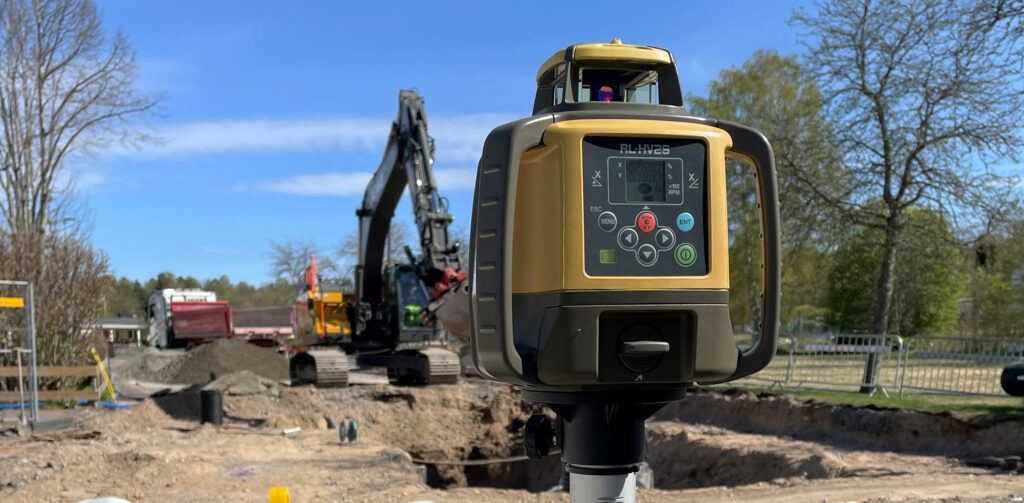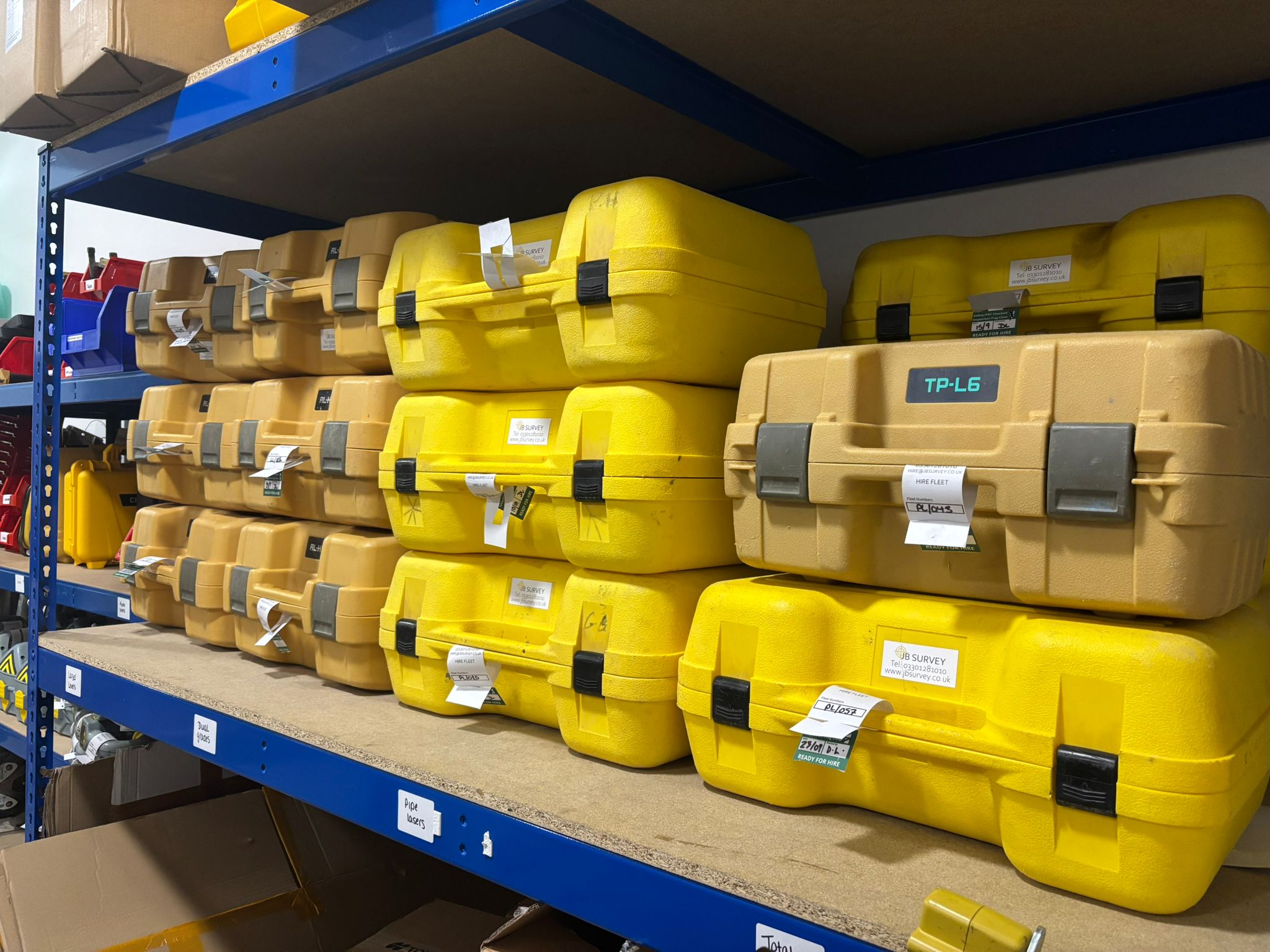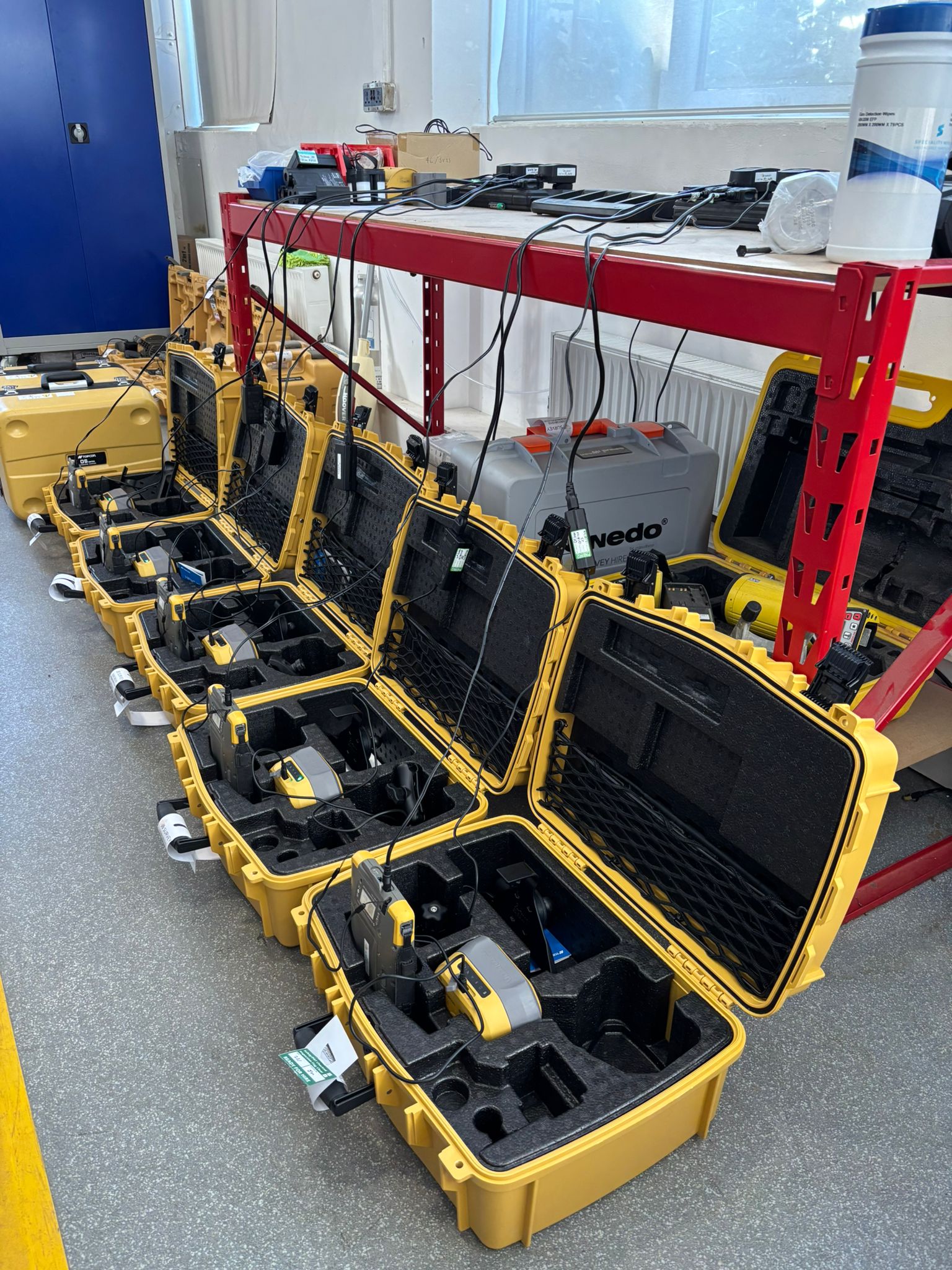- by JBAdmin
- in Benefits of Hire
- on October 16, 2025

The Hidden Costs of Owning vs Hiring Survey Equipment
Why ownership isn’t always cheaper
Buying survey equipment can feel like the sensible default: you control the asset, you know where it is, and you can deploy it whenever you like. But once the invoice is paid, the running costs start. Depreciation, calibration, servicing, firmware updates, accessories, insurance, storage and—most importantly—downtime each carry a price tag. For many UK projects, especially where kit needs vary through the year, hiring ends up costing less overall and keeps risk off your books.

The hidden costs buyers often overlook
- Depreciation and resale risk – values fall quickly as models update and usage climbs.
- Calibration and servicing – total stations, GNSS and lasers need regular checks to maintain accuracy and compliance.
- Downtime and replacements – repairs take time; a spare unit isn’t free to keep on the shelf.
- Software and firmware – compatibility, licensing and updates take time and budget.
- Insurance and loss – theft, accidental damage, and on‑site risks all add to the true cost of ownership.
- Training and support – onboarding new staff and troubleshooting consumes non‑billable hours.
How hiring controls cost and reduces risk
With hire, your monthly cost is predictable and tied to the project timeline. Calibration and servicing are handled, replacements are fast, and you can scale up or down without the financial drag of owned assets sitting idle. If technology changes—that new GNSS firmware, that updated dual‑grade laser, or a new total station—you can move with the market rather than being stuck with last year’s purchase.
When ownership still makes sense
If you run the same kit most days of the year and your team is trained to maintain it, ownership can work. The key is utilisation. If a total station is out on billable work 70–80% of the time across the year, you may justify buying. But if utilisation dips, or if you need different instruments at short notice, hire typically wins.
A quick way to decide
1. Estimate expected utilisation (days per year on site).
2. Add all ownership overheads: calibration, servicing, insurance, accessories, and realistic downtime.
3. Compare against a fixed hire price for the same period, including any swaps or replacements you’d need.
Practical example: dual‑grade laser vs hire
Dual‑grade lasers are incredibly useful for drainage, roadworks and civil engineering, but they also need proper care: accurate slope performance depends on calibration, and the housings take a beating on busy sites. Hiring means you always receive a unit that’s ready to work, with batteries and chargers in good condition, and you can switch to a rotary or line laser when the job changes.
Common questions
Will hiring slow our programme?
Not if you plan ahead. Most suppliers can deliver next‑day nationwide, and urgent swaps are standard. For longer‑running projects, many contractors keep equipment on long‑term hire so it’s effectively ‘owned for the duration’, just without the ownership risk.
What about calibration certificates?
Hire units should arrive with current calibration and documentation. If your compliance team needs a specific format, ask for it at booking so paperwork matches your QA process.
Can we mix hire and owned equipment?
Yes—this is common. Keep core kit you use constantly, and hire specialised instruments or additional units when workload peaks.

Key takeaways
Ownership works best at high utilisation with stable requirements.
Hiring keeps budgets predictable, reduces downtime, and tracks technology changes.
Mixing owned and hired kit gives flexibility without compromising accuracy or compliance.
Tags: hire vs buy, survey cost savings, survey equipment hire, Topcon hire, UK construction